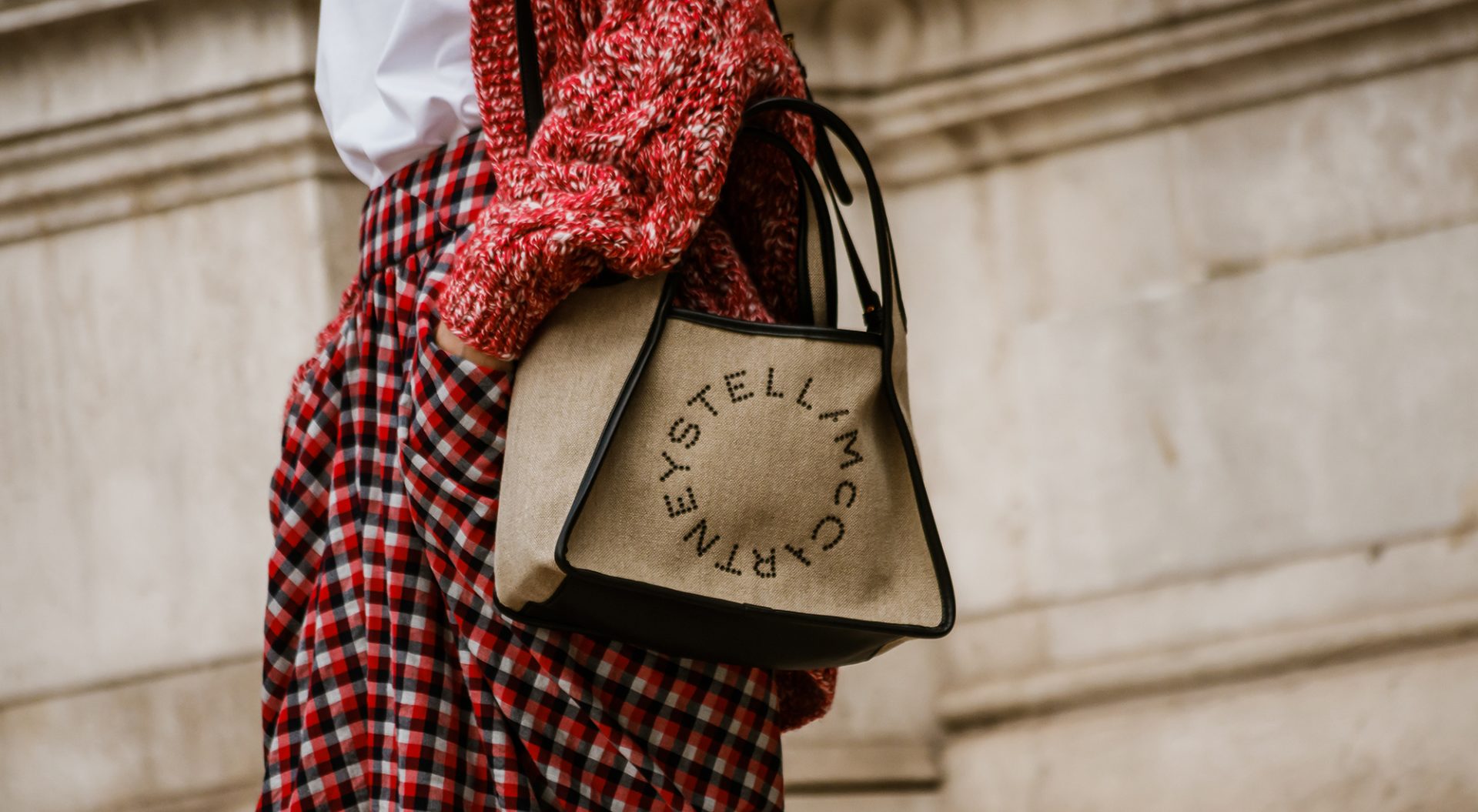
Vegan Leather: What is this Alternative that is Shaking Up the Fashion Industry?
This publication is also available in: Français
English (UK)
Deutsch
Italiano
Español
With the changing norms and the awakening of collective consciousness, veganism is gaining momentum. In response to this trend, vegan leather is becoming increasingly popular. Let’s take a look at this ethical alternative that is shaking up the fashion scene.
With over 350,000 searches on Instagram, the hashtag #veganleather is definitely trending! This trend of adopting plant-based leather is gradually embedding itself into a new consumption model. One that aims not to buy impulsively, but to consciously acquire fashion pieces that resonate with one’s own values.
If in the past, vegetarianism focused mainly on excluding animal products from diets, today it’s quite different. Now, so-called vegans want to buy clothes that align with their visions, meaning garments that are part of an ethical, responsible, and cruelty-free approach. On their part, brands are increasingly adapting to this green demand, creating innovative and plant-based collections.
What exactly is this new cruelty-free trend? How does it challenge the codes of fashion? We explain everything about vegan leather.
No, vegan leather does not exist
Let’s go back to basics, leather is a material derived from a tanning process of animal skin. While leather results from a traditional process and historical craftsmanship, it is nonetheless being criticized. With a textile market in constant evolution, new trends are emerging. Publicized under the name vegan leather, the label of this highly ethical alternative is, however, misleading.
Indeed, to be impartial, consuming vegan leather is a misnomer, as by definition, vegan leather does not exist. According to the National Council of Leather, “The use of the word ‘leather’ […] is prohibited in the designation of any other material than that obtained from animal skin through tanning or impregnation that preserves the natural shape of the skin fibers.” Therefore, terms like plant-based leather, vegan leather, or leather substitutes are nonsensical.
So, concretely, what do we mean by vegan leather ?
“New leathers”, a look at these new directions
Starting from the principle that leather is made from animal skin, vegan leather does not exist, as it by definition excludes any traces of animals (are you following us?). By vegan leather, we mean all alternatives that encompass substitute materials for leather.
They can be distinguished in two main categories:
- Synthetic materials: rather classic, polyurethane is the most commonly used synthetic fiber to replace animal skin;
- Plant-based materials: Pineapple, mushrooms, apples, cork, or even grapes are the new 100% organic alternatives to traditional leather. Very trendy, they surprise and represent a strategic and committed choice by fashion brands. The goal? To extract them in a way that creates a near-perfect replica of leather, but without the downsides.
Why replace animal leather?
Long praised for its nobility and the craftsmanship it requires, traditional leather is now under scrutiny. And it is in this context that the emergence of plant-based options is appealing.
Three main points support consumers’ choice for a cleaner alternative:
- Animal cruelty : unlike leather production, which relies on traditional farming, the use of “green” fibers involves excluding all forms of animal trace. According to Peta, more than 1 billion animals are killed each year under atrocious conditions to serve the leather industry, including cows, goats, dogs, or cats.
- Environmental pollution : the presence of chemicals in leather tanning is directly discharged into wastewater and seeps into the soil. Additionally, Greenpeace reveals that 14.5% of global greenhouse gas emissions result from livestock farming, which serves our food, but also the textile industry.
- Human ethics : tanned with chromium, animal skins are harmful both to users and to workers. The tanning industry is also among the 10 most harmful industries to human health. Thus, developing countries like India do not meet humane conditions and expose workers to a high health risk.
Veganism, a prosperous market
With the arrival of the vegan movement in France, the market has transformed, increasingly adapting to consumer needs. The textile industry has not escaped this rule, aiming to support consumers in making ethical choices. Although analyses are rare, there is still a positive advance towards what can be called vegan fashion.
For example, the Veganuary movement last January, challenging people to adopt a plant-based lifestyle for a month, has raised awareness. France, for instance, saw a 12% growth in so-called “vegan” products. With the aim of becoming the capital of sustainable fashion by 2024, France is expected to expand its offerings.
And what about the luxury market?
High fashion houses play a major role on the fashion scene. Presented as examples, they significantly influence changes in the textile industry. As for alternatives to leather, the observation is mixed.
According to Edited, a marketing analysis site, only 2.3% of “vegan” articles for women are presented in the UK and US markets. But this does not account for the emergence of these new contemporary brands that are gaining ground to build the fashion of tomorrow.
Vegan leather, the revolution is online
Even though growth remains timid, we can observe a small revolution in the traditional leather market. Is it a marketing effect or a true desire for change? Brands are experimenting and engaging in the game of vegan leather.
Examples of brands embracing vegan fashion are multiplying. Remember, Hugo Boss launched a 100% vegan sneaker collection made from Piñatex, the famous leather alternative made from pineapple fibers. The CONDOR Sneakers also made many happy. Considered the first “post-oil” running shoe, this sneaker was designed with 53% original and recycled materials. Finally, Stella McCartney, a pioneer of vegan fashion since her beginnings in 2001, is a source of inspiration and development for all veganism advocates.
You got it, the vegan leather market is in full transition. Although the battle is far from won, change is occurring, awareness is awakening, and brands are increasingly committing to innovative approaches to collectively build the fashion of tomorrow.
Modalova, a new perspective on fashion.



